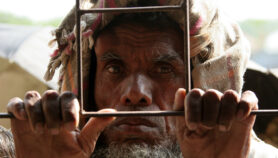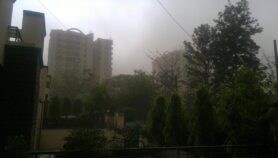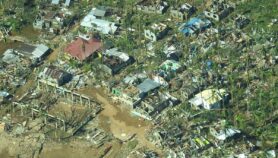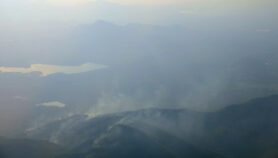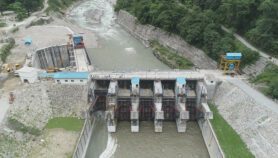Send to a friend
The details you provide on this page will not be used to send unsolicited email, and will not be sold to a 3rd party. See privacy policy.
Following last year’s tsunami, the international community has agreed to create a tsunami warning system for the Indian Ocean. To help push plans forward, members of UNESCO’s Intergovernmental Oceanographic Commission (IOC) are meeting this week (3-8 March) in France.
But however welcome this initiative is, it would be wrong to build a single-purpose warning system for a single ocean basin, warns Keith Alverson.
Writing in Nature, Alverson, who is based at the OIC’s Global Ocean Observing System says a “quick technological fix” is not the solution. He says the warning system set up by countries following tsunamis in the Pacific Ocean in the 1960s was soon neglected and its equipment became outdated.
Alverson says the world should instead create an integrated, global system to warn of and prepare for a range of ocean-disasters, including cyclones and giant waves created by hurricanes. Integrating the warning system with local initiatives would help ensure it is maintained and continuously funded, he says.
Link to full article by Alverson in Nature ![]()
Read more about tsunamis in SciDev.Net’s Tsunami update.






